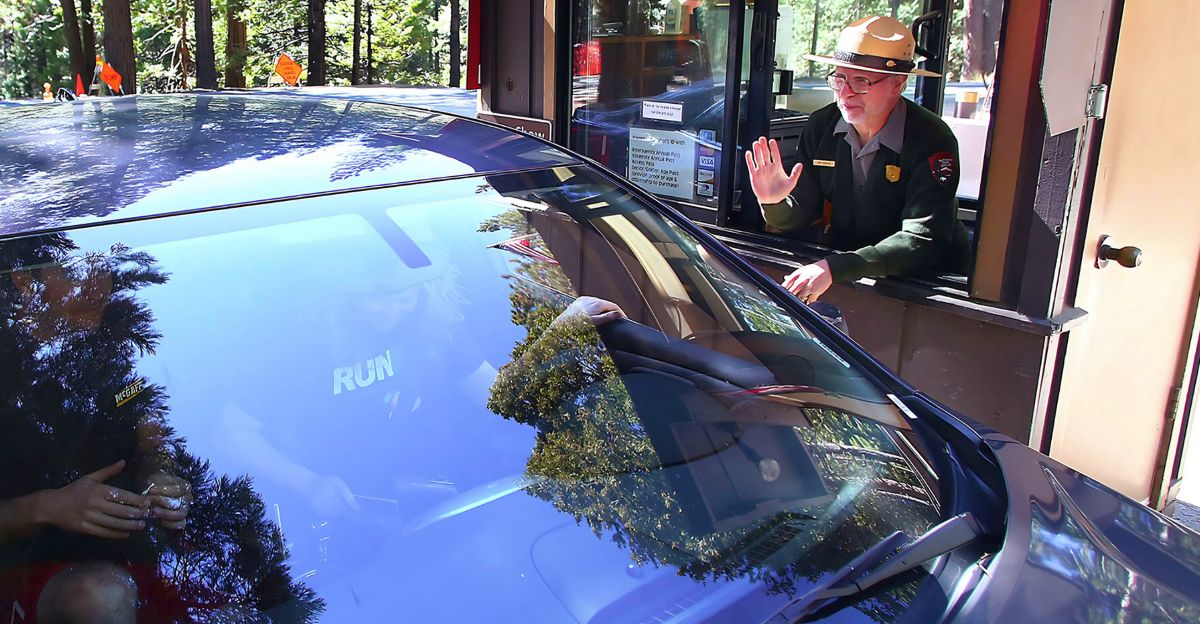
President Trump’s July 3, 2025, executive order stunned parkgoers: entry fees for international visitors will rise, and an Obama-era diversity and inclusion directive will be rescinded. Trump framed this as an “America First” policy, telling supporters that he signed the order to “raise entrance fees for foreign tourists while keeping prices low for Americans”.
This core announcement promises to go beyond the ticket booth. Analysts warn the changes will cascade through park budgets, visitor experiences and even the nation’s conservation priorities as a whole.
Why Now
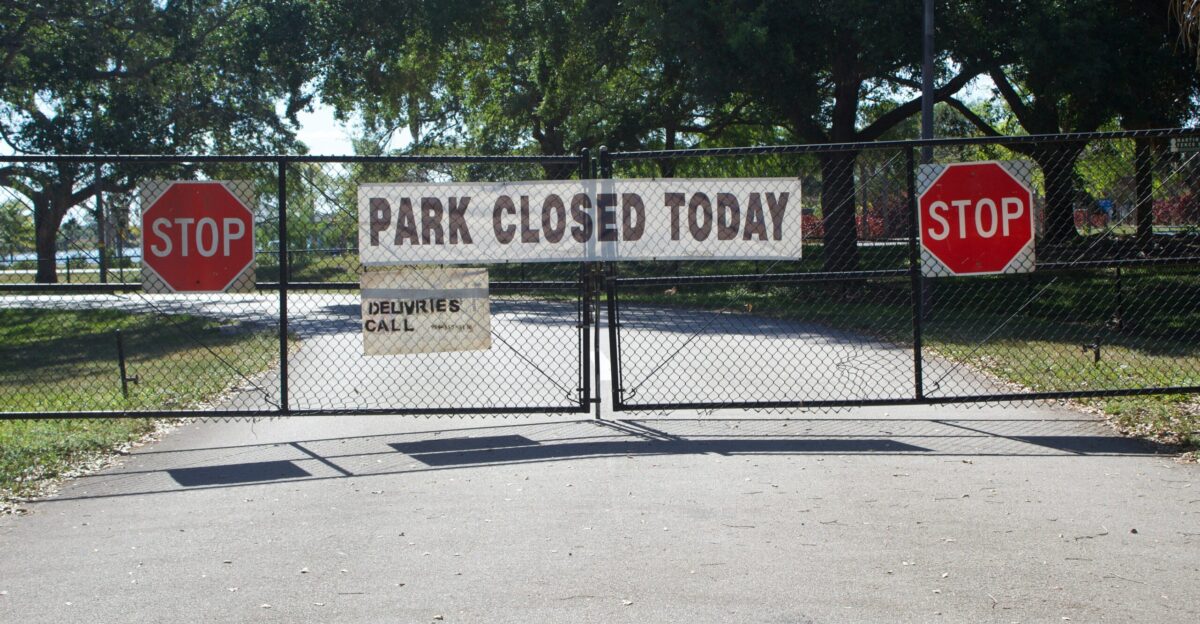
Officials say the hikes aim to plug a funding gap. An Interior Department budget report estimated that a modest surcharge for foreign park visitors could generate roughly $90 million for maintenance and upgrades. At the same time, the Trump administration has proposed sweeping cuts – more than a third of the Park Service budget – in 2026.
In other words, record attendance (over 331 million visits last year) meets shrinking congressional appropriations. Think tanks like PERC had already dubbed a foreign surcharge “low-hanging fruit” for revenue.
Visitor Impact
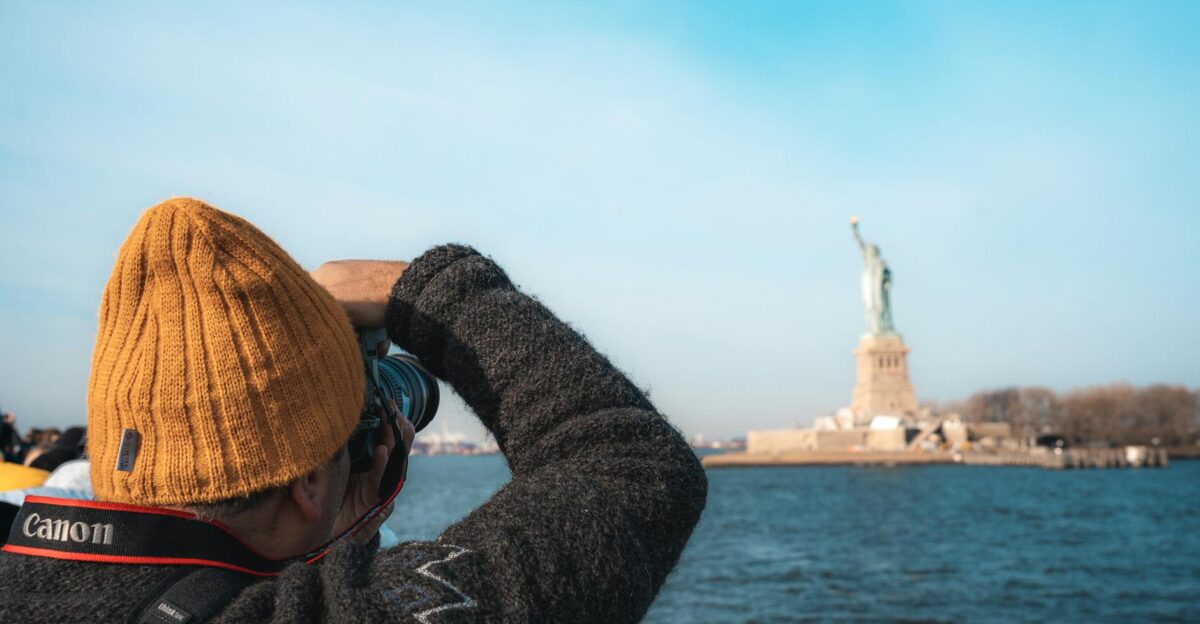
For individual visitors, the most immediate change is price. In future, any park that charges admission will have higher fees for non-U.S. residents. The order even directs the Interior Secretary to hike the price of the $80 “America the Beautiful” annual pass for foreigners. By contrast, U.S. residents will face little to no increase, and even gain priority access.
The order instructs parks to give Americans “preferential treatment” on any remaining permits or lotteries. In practice, that means fewer foreign tour buses and more American license plates filling park lots.
Tourism and Business

The tourism industry will quickly feel the shockwaves. Tour operators and guides report hearing that some foreign tourists are already re-evaluating their itineraries in light of the new costs. Hotels near major parks (Yellowstone, Grand Canyon, Acadia, etc.) could see fewer overseas guests, at least temporarily. On the flip side, domestic tourism promoters are spinning this as an opportunity for “homegrown” recreation.
Importantly, analysts point out that the average increase is not huge, spreading $90 million over roughly 14.6 million international park visitors is only about $6 per person. Even so, that sum can climb for families or multi-park trips.
Funding and Maintenance
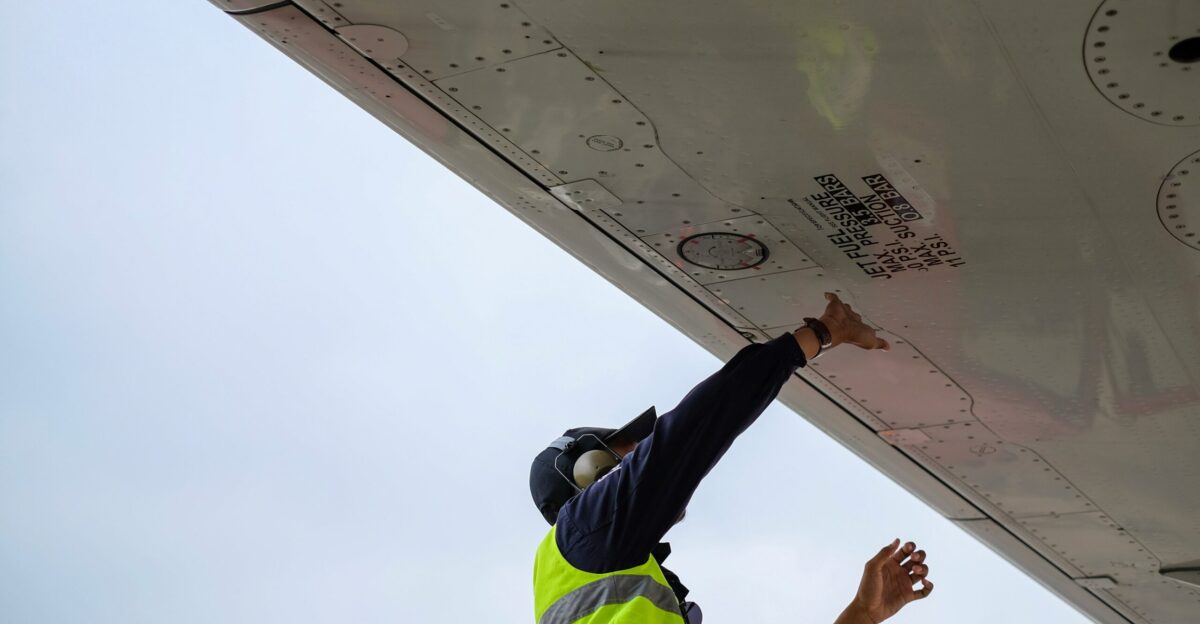
Agency officials argue the new revenue will be reinvested. The order explicitly states fees will go toward improving park infrastructure and visitor services. NPCA’s government-affairs VP Emily Douce agrees: entrance fees normally fund “trail repairs and educational programs [and] law enforcement and visitor services”. But park advocates worry this won’t erase a decades-long funding gap.
In fact, the Park Service faces a maintenance backlog on the order of $20–$24 billion, and its budget was slashed nearly 40% in the proposed 2026 plan. NPCA’s president, Theresa Pierno, warns bluntly that parks “cannot properly function at the staffing levels this administration has reduced them to”.
International and Industry Reactions

Abroad, reactions are mixed. Tourism industry insiders note that U.S. parks have long been major draws – roughly one-third of all foreign visitors to the U.S. toured at least one park. Some international travel agencies have quietly adjusted their cost estimates for U.S. trips, but most say the modest hike will not break global itineraries.
It helps that many countries already charge foreigners more (for example, South Africa’s Kruger Park: ~$25 vs. $6 for locals). Still, the optics matter: critics in travel and diplomatic circles say portraying U.S. parks as “less welcoming” could hurt the country’s image.
Rangers, Diversity and Staff
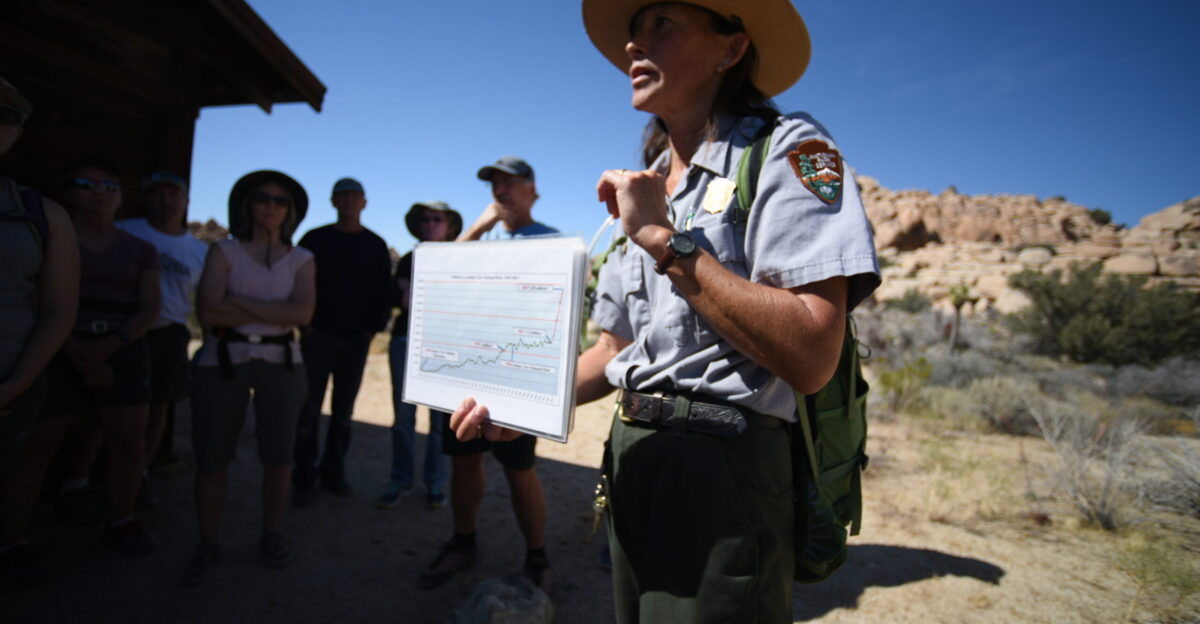
The changes also carry symbolic weight for park employees and communities. The executive order expressly revoked Obama’s 2017 memorandum on promoting diversity and inclusion in parks. That memo had sought to bring more young people and people of color into park careers and ensure outreach to diverse audiences. With it gone, diversity advocates fear lost momentum in efforts to make parks welcoming to all Americans.
At the same time, many rangers and educators are left grappling with heavy workloads. The National Park Service has already shed about 24% of its permanent staff since January, and seasonal hiring is lagging. Park superintendents report fewer rangers available for maintenance, guided tours or rescue operations. One park veteran quipped that keeping parks “open and functioning safely” feels like a daily marathon with half the team missing.
Washington Responds
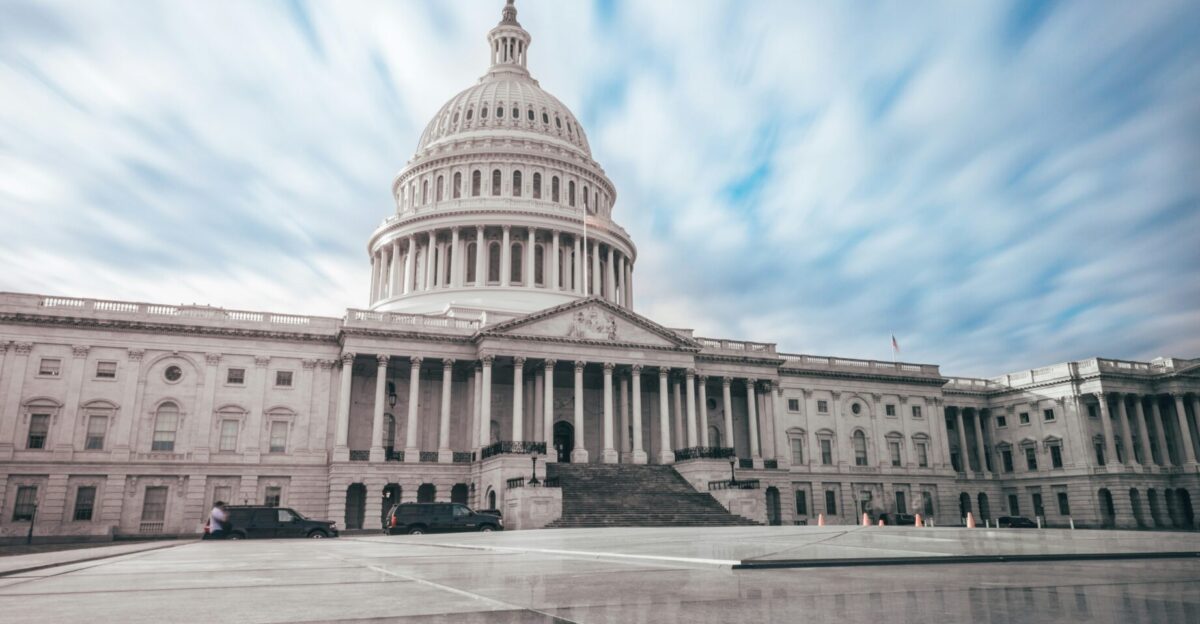
In Congress, the order has sparked rapid debate. Some legislators have already proposed companion bills: Republicans from western states are touting broader conservation and recreation initiatives, praising the focus on “American families.” Democrats have vowed hearings to examine the effects on tourism and park access.
The partisan lines are already drawn – one side celebrating any revenue boost, the other decrying what they call an anti-immigrant fee and canceling a pro-inclusion policy. Meanwhile, the White House rolled out a related agenda: a new “Make America Beautiful Again” Commission was created to oversee public lands recreation and conservation.
What Visitors Can Do Now
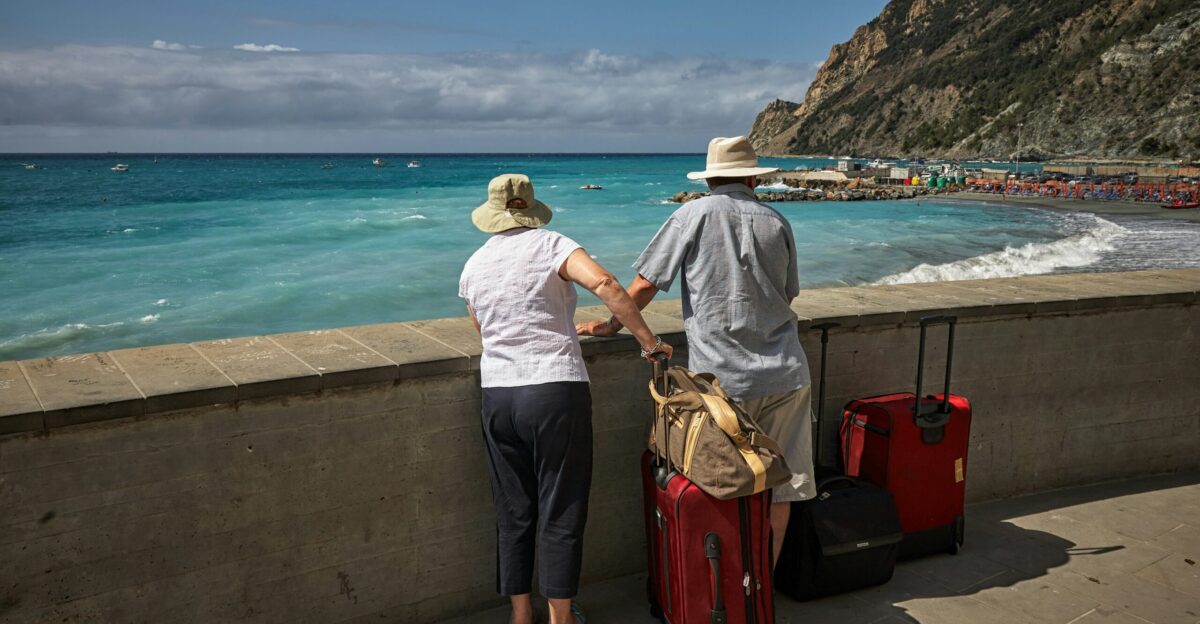
For travelers planning park trips this summer, experts advise preparing for incremental change. Check whether your favorite park requires a reservation – Americans may soon breeze past some of these lotteries. International tourists should budget for a few extra dollars per park entry and look into annual passes ahead of time. The $80 America the Beautiful pass (covering all federal lands) may see a surcharge for foreign buyers, so buying now could lock in the current rate.
Families can still save by visiting on free-entry days (a few national parks offer these), or by exploring lesser-known parks and forests that don’t charge fees. In short, advance planning and pre-purchases are key.
The Long-Term View
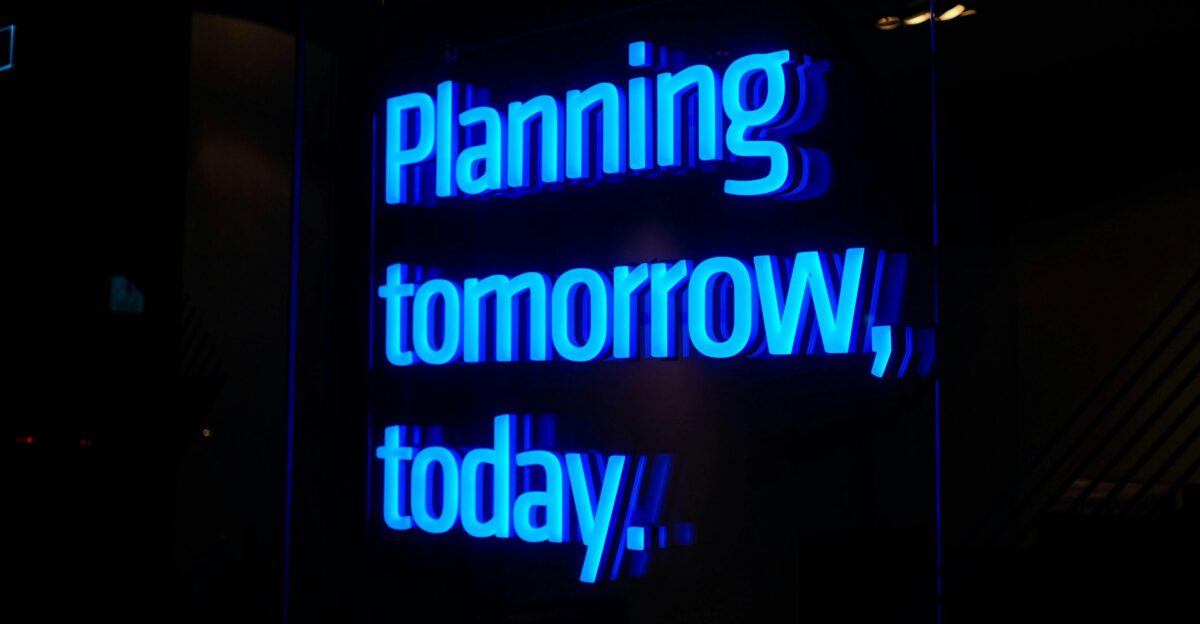
What started as a policy tweak in park finances may have far-reaching effects. Analysts note that charging foreigners more could reallocate who sees and cares about national parks. If the parks receive even a fraction of that new revenue, they may shore up crumbling trails or staff a few visitor centers better. If not, the backlog will only grow.
Above all, experts emphasize that national parks “cannot properly function” under the current budget cuts and staffing levels.







